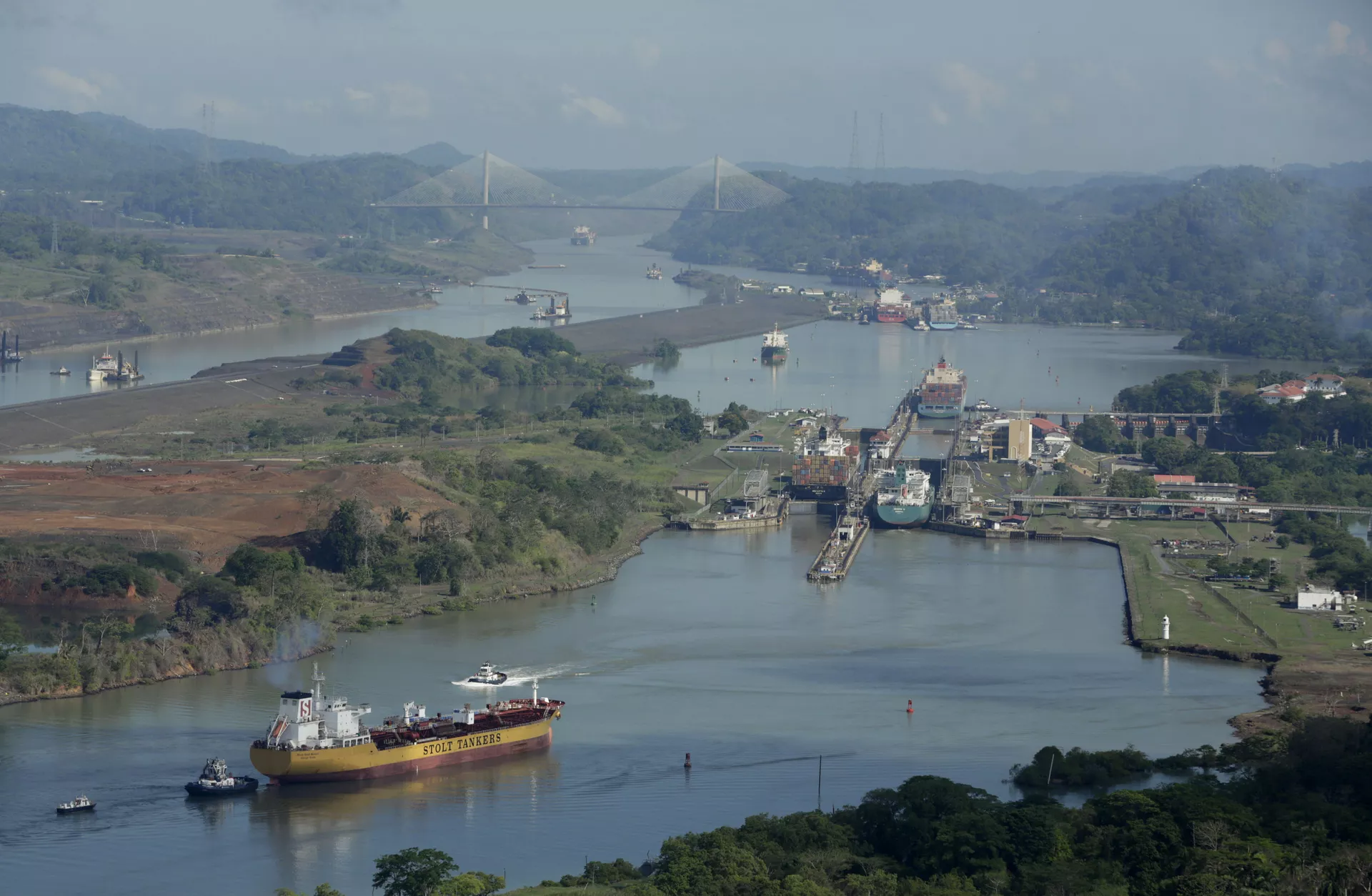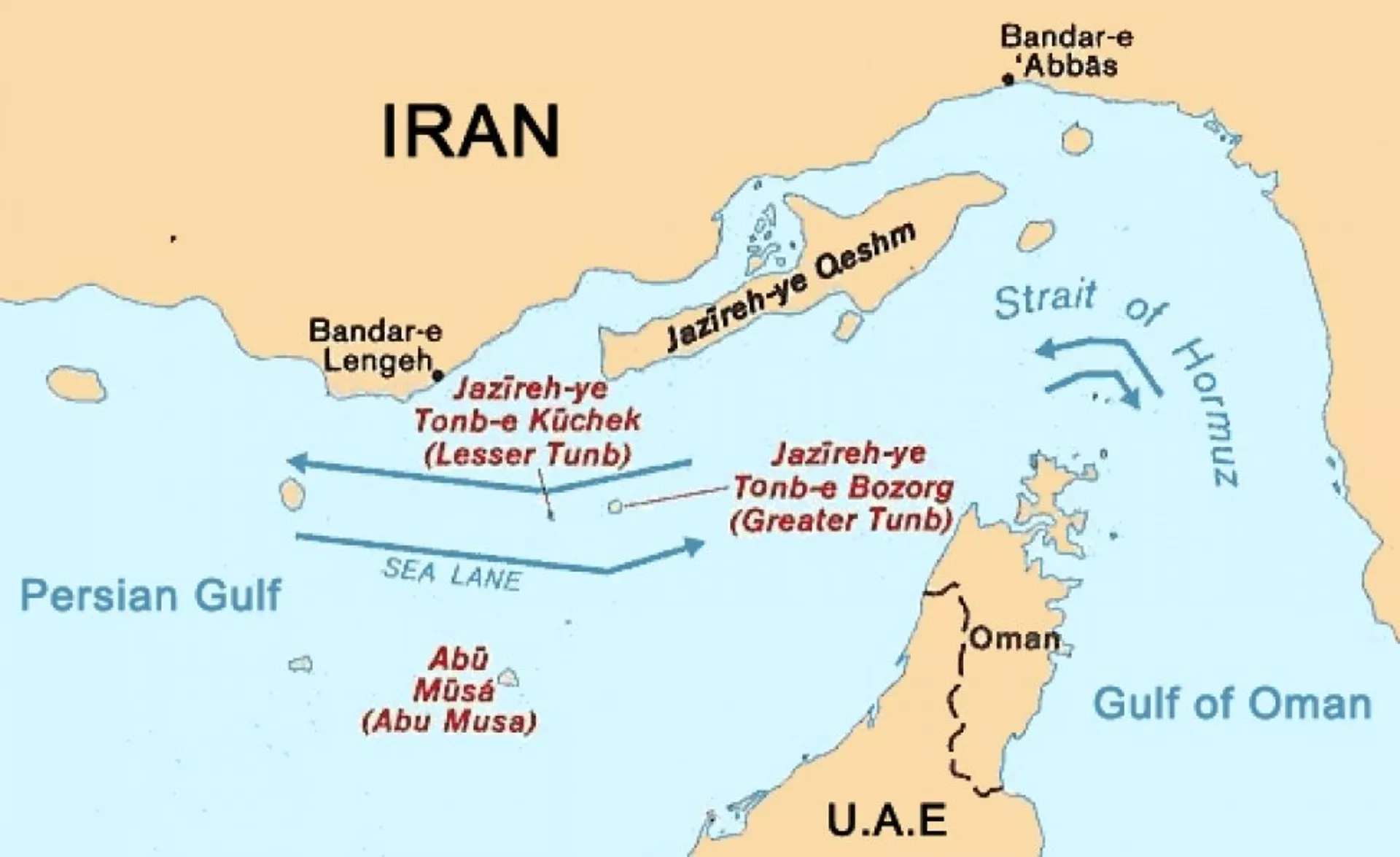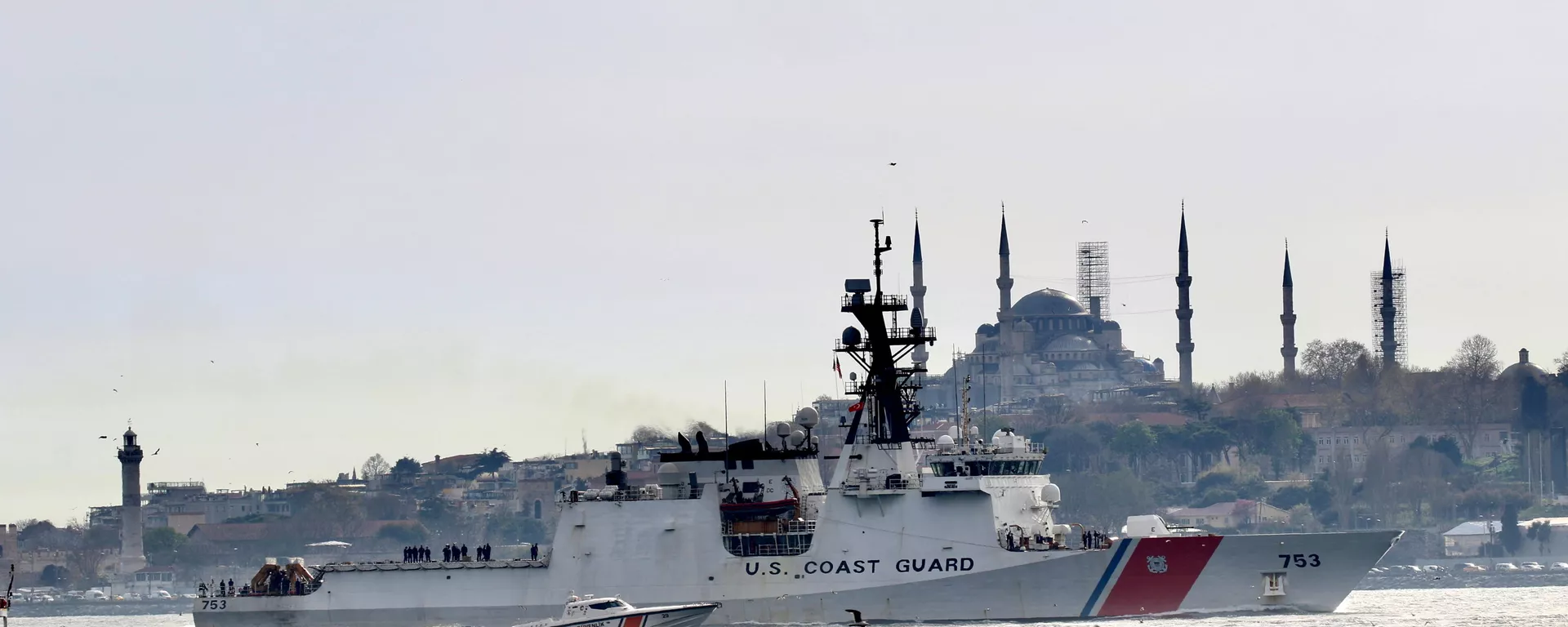The Suez Canal
Economic significance: About 12% of global trade, valued at over $1 trillion annually, and around 8 million barrels of oil per day (mb/d) typically passes through the canal.
Strategic importance: The Suez Canal is the shortest route between Asia and Europe, making it a potential leverage to impose pressure on global trade.
Geopolitical leverage: The Red Sea crisis caused by Israel's Gaza war hindered the trade flow through the Suez Canal. The situation is used by the pro-Palestinian Axis of Resistance to force Tel Aviv into a ceasefire in Gaza.
The Hormuz Strait
Economic significance: The Hormuz Strait is one of the world’s most crucial energy transit choke-point, with nearly 21 mb/d of oil, or about 21% of global petroleum consumption, passing through it daily.
Strategic importance: The strait contains eight major islands, most controlled by Iran. Tehran may use the strait as leverage in regional power dynamics, especially amid calls from Israel and the US to increase pressure on it.
The Bosporus and Dardanelles Straits
Economic significance: These straits are among the busiest energy routes handling 3.4 mb/d of oil, or around 3% of global petroleum trade.
Strategic importance: The straits play a critical role in the ongoing Ukraine conflict. Turkiye's closure of the straits in 2022 under the Montreux Convention prevents NATO forces from increasing their presence in the Black Sea.
The Malacca Strait
Economic significance: The Malacca Strait is Asia's primary choke-point, carrying about 30-40% of global trade, or around $3.5 trillion annually, and transporting approximately 23.7 mb/d of oil.
Strategic importance: It is the shortest sea route between the Middle East and East Asia. A potential blockade of the strait poses a "Malacca Dilemma" for China, which relies on the waterway for two-thirds of its maritime trade and energy deliveries. US military scholars have suggested leveraging this choke-point against Beijing.
© WikipediaMap of the Strait of Malacca, a potential bottleneck for Chinese ships in case of tensions with Washington

Map of the Strait of Malacca, a potential bottleneck for Chinese ships in case of tensions with Washington
© Wikipedia
The Panama Canal
Economic significance: The canal handles about 5% of global maritime trade, moving almost $270 billion in cargo annually, including 2.1 mb/d of oil.
Strategic Importance: The Panama Canal connects the Atlantic and Pacific Oceans being of utmost importance both economically and strategically for the US. The US presently dominates the canal, with American exports and imports representing about 73% of its traffic. President-elect Donald Trump has recently suggested a takeover of the canal to counter China’s significant investments in Panama. This competition is expected to escalate in 2025.
© AP Photo / Arnulfo Franco, FileIn this May 11, 2016 file photo, ships transit through the Panama Canal near Panama City

In this May 11, 2016 file photo, ships transit through the Panama Canal near Panama City
© AP Photo / Arnulfo Franco, File

 3 months ago
29
3 months ago
29









 We deliver critical software at unparalleled value and speed to help your business thrive
We deliver critical software at unparalleled value and speed to help your business thrive






 English (US) ·
English (US) ·